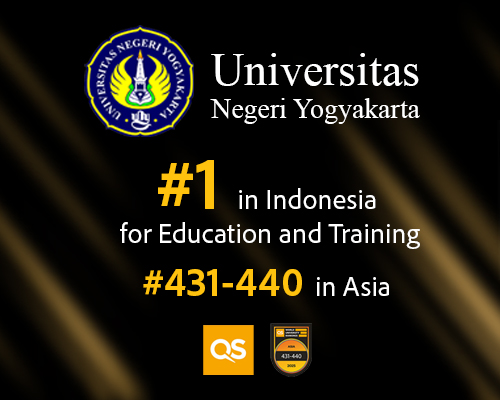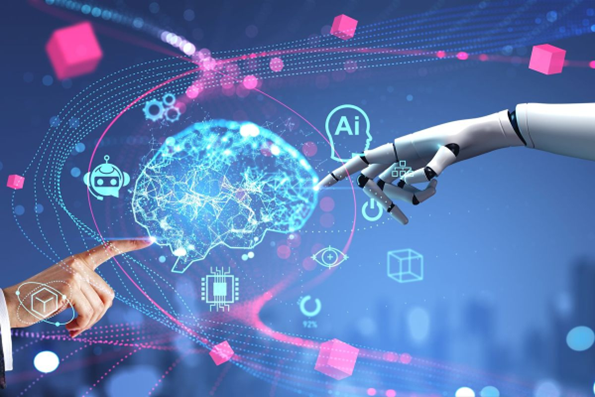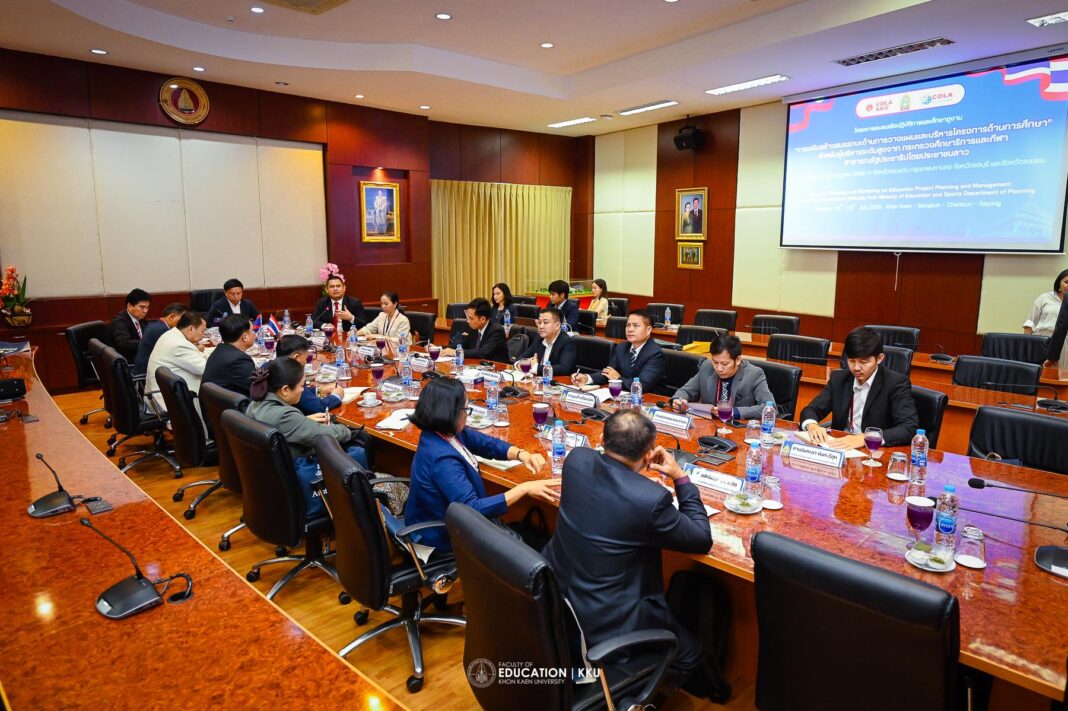As artificial intelligence becomes increasingly sophisticated in answering complex questions, writing reports, scheduling tasks, and analyzing data, a critical paradox emerges in modern workplaces. Despite these technological advances designed to enhance productivity, workers across Malaysia are reporting unprecedented levels of fatigue and diminished motivation, raising fundamental questions about how we integrate AI into our professional lives.
When AI Gets Smarter, Do Workers Really Get More Exhausted?
The Microsoft Work Trend Index 2025 reveals a startling reality: 83% of Malaysian workers feel exhausted and lack the energy to complete their daily tasks effectively. Simultaneously, 86% of organizational leaders anticipate actively implementing AI within the next 12 to 18 months. This data underscores that artificial intelligence has transcended from a futuristic concept to an integral component of today’s workplace reality.
The Growing Disconnect Between Technology’s Promise and Workplace Reality
Technology’s fundamental purpose centers on simplifying life and reducing human workload burdens. AI, specifically, was created to handle repetitive and mundane tasks, theoretically freeing workers to focus on high-value activities like problem-solving, strategic planning, and innovation. However, despite this tremendous potential, workplace realities paint a starkly different picture.
Traditional work structures persist even as new technologies are introduced. Consequently, workers not only perform their original duties but also manage the very technologies supposedly designed to assist them. Moreover, workloads intensify through increased meetings, endless digital communications, and pressure to remain constantly available. This combination contributes significantly to chronic fatigue among modern professionals.
Understanding the Burden Multiplication Effect
Unlike previous technological revolutions that gradually replaced manual processes, today’s AI integration often adds layers of complexity rather than eliminating them. Workers find themselves juggling conventional responsibilities alongside learning new AI tools, managing automated outputs, and maintaining human oversight of machine-generated work.
Reframing AI as a Strategic Partner, Not a Threat
Labeling AI as an enemy represents a fundamentally unwise approach. In reality, AI functions as a tool—similar to instruments throughout industrial revolution history, its effectiveness depends entirely on implementation methods. Unfortunately, organizations remain unprepared in terms of work systems, organizational culture, and psychosocial capabilities to embrace these changes effectively.
Current productivity measurements still rely on outdated metrics: hours worked, emails answered, or screen time rather than actual work impact. Organizations must prioritize meaningful results, quality workplace relationships, and employee emotional and mental well-being over traditional quantity-based assessments.
The challenge isn’t whether AI should be used, but how we can leverage AI wisely and ethically without sacrificing human elements in work processes.
Cultivating New Mindsets for Tomorrow’s Workplace
Transitioning to AI-based work environments requires fundamental cultural transformation. Workers need development in skills that machines cannot replace: empathy, creativity, effective communication, and critical thinking. These represent humanity’s core strengths in an increasingly automated world.
Leaders must demonstrate exemplary behavior by establishing clear work-time boundaries, promoting work-life balance, and valuing meaningful work over mere numerical targets. This approach not only enhances productivity but also builds more sustainable, human-focused organizational cultures. Furthermore, by implementing these values, leaders ensure technology and humans collaborate optimally without compromising worker well-being.
Essential Human Skills in the AI Era
As artificial intelligence handles routine tasks, distinctly human capabilities become more valuable than ever. Organizations should invest in developing emotional intelligence, complex problem-solving abilities, and interpersonal skills that complement rather than compete with AI systems.
Restructuring Work Systems Through AI-Human Collaboration
AI delivers benefits only when supported by work systems that promote focus, flexibility, and role clarity. Artificial intelligence still operates based on clear human-provided instructions, with AI outputs reflecting human intentions and thinking. For instance, while AI can generate weekly reports, strategy and decision-making still require human wisdom when directing AI systems.
Organizations seeking continued relevance must invest in both technology and human capital simultaneously. This includes reskilling initiatives, upskilling programs, and creating more inclusive work environments that support employee well-being. The importance of balancing these two critical elements—technology and human capital—ensures that human values remain central to desired work outcomes.
Addressing Challenges Through Strategic Action
Today’s workplace stands at a significant crossroads where artificial intelligence is no longer viewed as optional but as a strategic necessity for organizational sustainability and advancement. However, implementing AI technology without adapting work culture and changing thought processes can cause accumulation of existing burdens rather than improving productivity or worker well-being.
On the flip side, successful AI integration requires comprehensive organizational transformation. Companies must redesign job roles, establish new performance metrics, and create support systems that help employees thrive alongside intelligent technologies. Research from leading technology companies consistently shows that the most successful AI implementations occur when human-centered design principles guide technological adoption.
Building Sustainable AI-Human Partnerships
The future of work depends on creating symbiotic relationships between human creativity and artificial intelligence capabilities. Organizations that successfully navigate this transition prioritize employee training, establish clear AI governance frameworks, and maintain focus on enhancing rather than replacing human contributions.
If AI implementation lacks accompanying modifications to work approaches and human resource management, we risk remaining trapped in increasingly burdensome work cycles despite advancing technology. Therefore, maintaining balance between technology and human values ensures that AI truly benefits all stakeholders in our increasingly complex work environment.
About the Author:
Associate Professor Dr. Khairunesa Isa
Department of Social Sciences
Centre for General Studies and Co-curriculum
Universiti Tun Hussein Onn Malaysia (UTHM)





